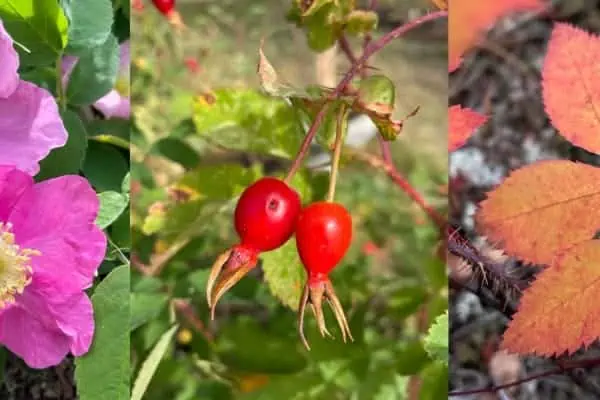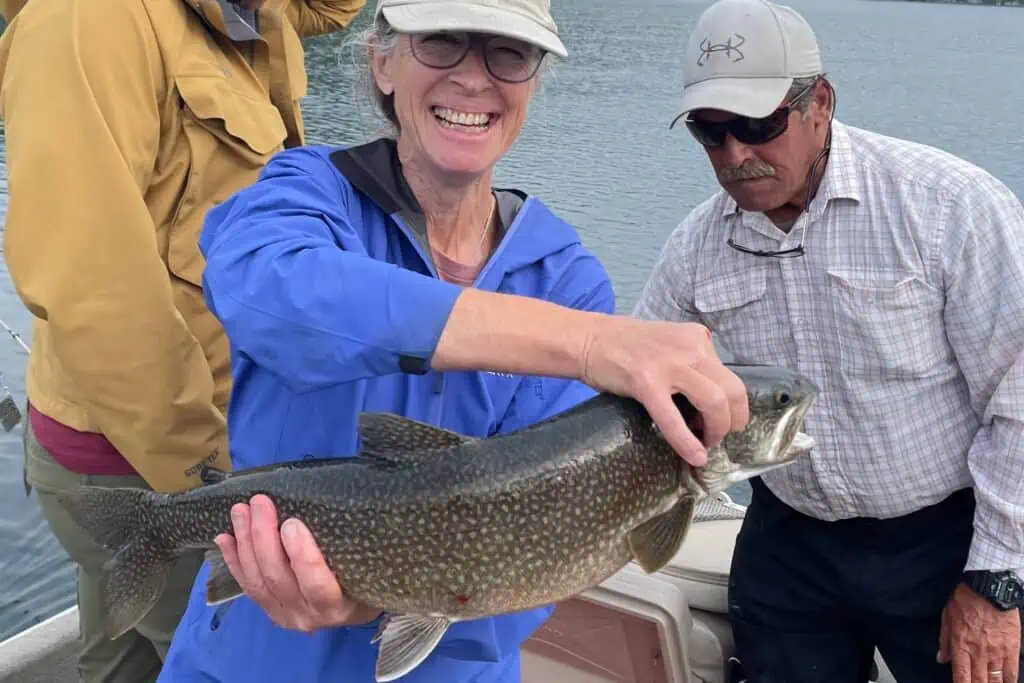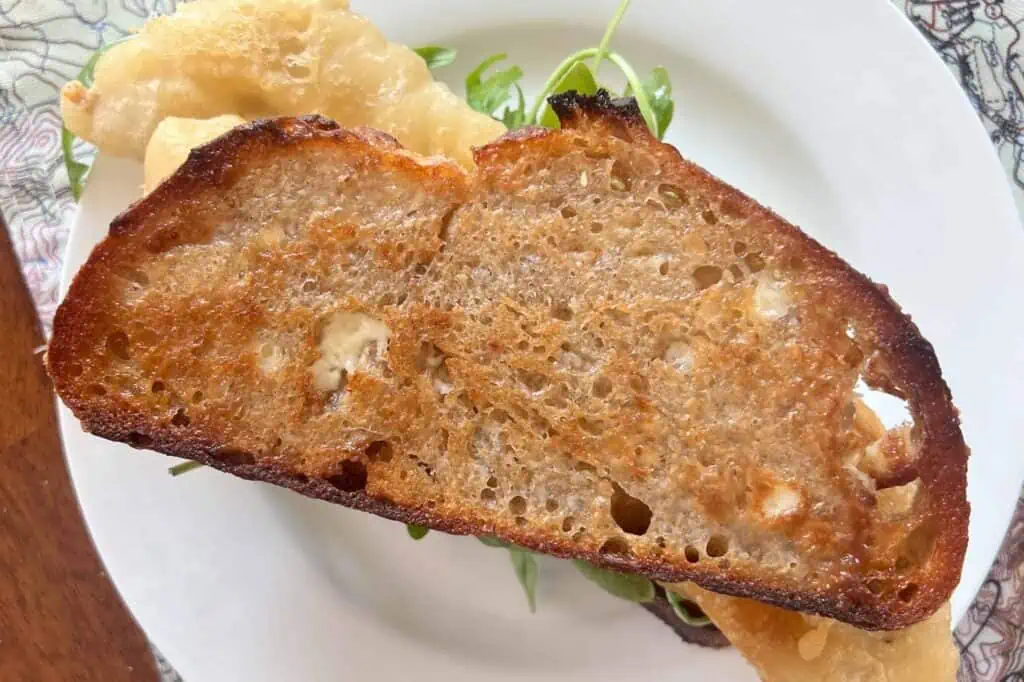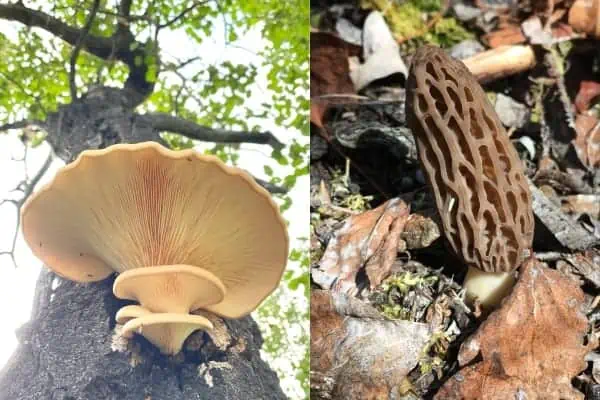September is harvest time. Berries are juicy and ripe for picking; root crops need to be dug and stored. The shortening days are a clear indicator that it is nearly time to put the garden to bed. September also marks the return of the coho and provides anglers not only the thrill of the catch, but also the chance to gather some tasty fish for the table.
Coho do not reach the enormous size of the chinook salmon, known as king salmon to our American friends. Unlike their sleek cousins the sockeye, anglers don’t need finesse to “floss” coho. Flossing involves the patience and skill to deftly run a line and hook through the open mouths of sockeye as they hold in pools, resting before continuing their journey upstream.
Coho are not as easy to catch as pink salmon, who seem to bite out of sympathy for fishermen standing waist deep in the icy water. But coho do bite and they put up a grand fight.
Coho seem to enter the river in a party mood. They have come back to their hometown for the reunion, and the infectious attitude of celebration passes like magic to those on the shore – including four-legged fisherbears.
Coho want to eat and dance, find a partner, and well, you know the rest. Coho tend to bunch up in schools and enter the river like a raucous Brazilian street party, going somewhere to dance the night away, gathering people, musicians and more dancers along the way.
In fact, some two-year-old juvenile coho, called jacks, join their four-year-old cohorts in schools at sea, and come along for the ride.
“Where are we going? Is it a party? Can I come, too?”
The jacks are swept up in the excitement of the crowd, even though they do not feel the biological forces that motivate the more mature members of the group to return to the waters of their youth, to complete the circle.
Catching coho is challenging. Coho may bite on bright days, but prefer shade and seem to come closer to shore on rainy or overcast days.
Fish are more prone to move when it rains or high tide affects the river.
Some say coho bite out of excitement, the movement of the lure entices them to strike. Others say the prospect of an easy meal is what motivates them. People have success with a wide variety of lures ranging from pixies to spin and glows.
Fresh from the sea, coho are bright silver in colour, which is why they are known as “silvers” to our American neighbours.
Coho have white gums and a black tongue. They range in size from 1.5 to 14 kg. The tail base is wide, and it’s a square shape. Coho have small black spots on their back and on the upper lobe of the tail fin.
As always, review the regulations for specifics on the water you are fishing. Enjoy the coho. The party won’t last forever. Tight lines.




